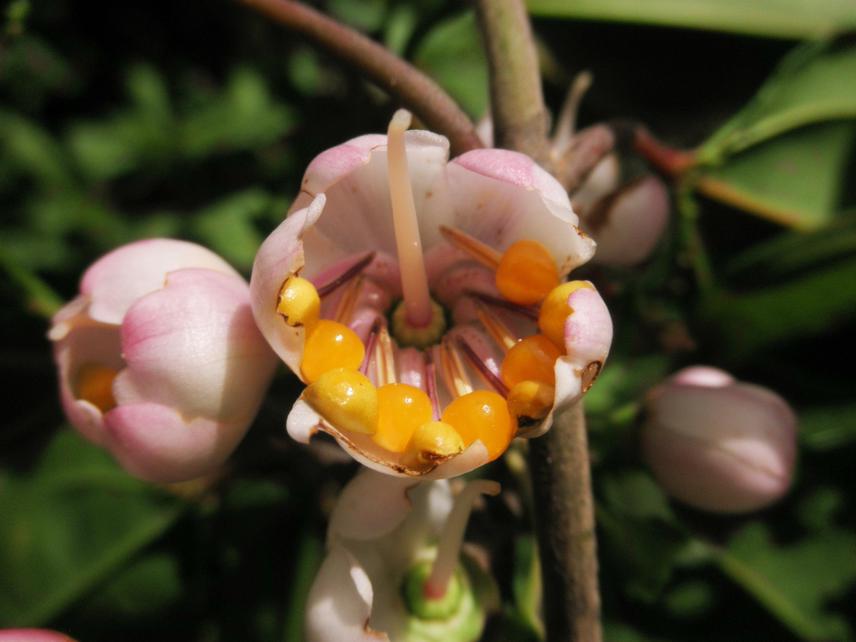Diego Franco Paredes Burneo
This work aims to enhance the understanding of diversification patterns of the Melastomataceae family in relict Andean forests in Piura as well as increase the knowledge of this plant group and these forests among local communities.

Axinaea sp.
Relict Andean forests in northwestern Peru and southern Ecuador are considered as some of the most endangered ecosystems at risk of extinction (Rodríguez, 2003). They play a crucial role in the cycling and management of water that sources agriculture and urban life in both the coast and highlands (Weigend et al., 2006). With near 20 of such remnant forests in Peru, they have been described as areas with high diversity and endemism, yet little is known about them (Weigend et al., 2005), and despite their ecological importance, the anthropological pressure on these continues increasing at a rapid pace. All these reasons justify improving research and conservation efforts in Andean fragile ecosystems.
To bring insights on the biodiversity of relict forests, we are focusing on the Melastomataceae. The group is among the most diverse in these habitats and have been used as an indicator of diversification patterns in tropical forests (Vormisto et al., 2000). We aim to use this attribute to enhance forthcoming conservation plans. We chose Piura because the remnant forests this region contains – next to “Abra de Porculla” (the lowest pass along the Andes) – possess both a special environment and extensive degradation, reasons to prioritize their study.
Through intense fieldwork with constant local community participation, we plan to increase the knowledge of this plant group in the Andean relict forests in Piura. Fieldwork includes the vast majority of relict forests where we will register and perform scientific collection of every species of the family. With local people we will exchange information about plant names (both local and scientific), importance, ecological role as well as degradation and threats to relict forests. At the end of the project, we will deliver material and talks with information about Melastomataceae diversity, threats and degradation degree of relict forests to schools, farmers and local government.
We strongly believe that participation of local communities will be a key component for the protection of these forests. Their contribution in fieldwork and the information spreading to them will increase their commitment in continuing to support conservation efforts. With three approaches – knowledge of biodiversity, ecosystem level preservation, and participation of the local community – the project focuses on making a long-term impact on forest conservation of the rare montane forests in the western Andes of Peru.